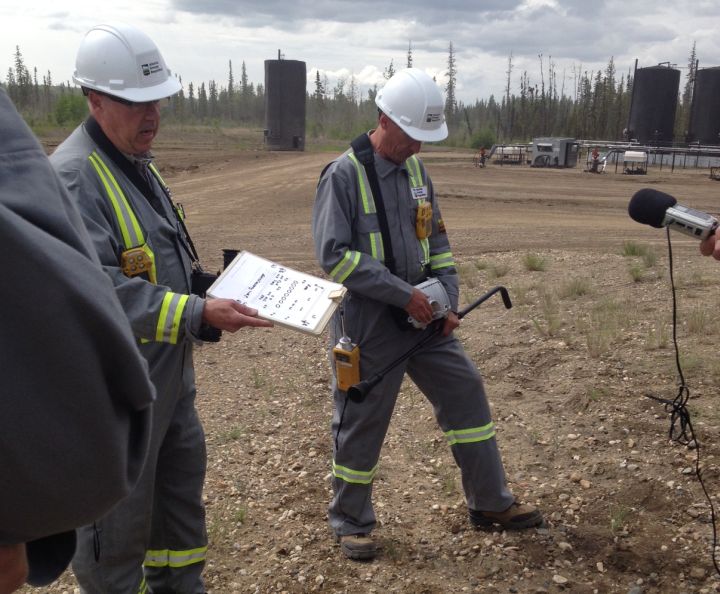CALGARY – The Alberta Energy Regulator says it has saved industry hundreds of millions of dollars in recent years through a host of process tweaks and efficiency measures, more than offsetting levies companies pay to fund the provincial watchdog.

AER spokeswoman Carrie Rosa said the cost-saving tally for industry over the 2015-16 fiscal year came in at between $411 million and $448 million, exceeding its target of $400 million. In the previous year, the savings were $267 million, surpassing a $60-million target.
Those figures were verified by the Canadian Association of Petroleum Producers.
In 2014, the industry levy was $243 million. Last year it fell to $240 million in response to the downturn and Rosa said it’s expected to be reduced even further this year.
“Our focus isn’t just about saving money. It’s also about reducing duplicative processes and finding new approaches to regulatory oversight,” she said.
While AER operations are funded by industry, the Alberta government approves its budget.
The AER was founded in 2013, taking over from its predecessor, the Energy Resources Conservation Board, and encompassing functions that used to fall under Alberta Environment and Sustainable Resource Development.
Many of the savings have been achieved through the AER’s “near-term action program,” which launched in 2014 in an effort to make the regulator more efficient through initiatives that can deliver results quickly.
That program was not a response to plunging oil and gas prices, but the industry has nonetheless welcomed its streamlining effects as it contends with the worst downturn in three decades.
The most beneficial changes to industry have centred on highly technical matters that CAPP vice-president Brad Herald admits are “not very sexy” but add up to big savings.
“We pivoted from a growth picture to more of a cost-savings picture and these are really meaningful at times like this and the work’s appreciated,” he said.
The near-term action program involves taking a “risk-based approach,” which means “prioritizing regulatory activities so that the most significant risks receive the greatest attention,” according to the AER’s most recent annual report.
A briefing note prepared by the AER for the office of Alberta’s deputy energy minister said $356 million to $379 million was expected to have been saved by March 31 of this year as a result of the near-term action program.
The note was obtained by The Canadian Press through an Alberta freedom of information request.
“The AER has taken a number of actions to ensure its operations are fiscally responsible in response to low oil prices,” the note said.
Another measure has been to freeze the pay of staff and keep its overall head count steady at 1,200.
Rosa said the AER instituted the salary and hiring freezes during the 2015-16 fiscal year. That is to continue through 2017-18, as per a provincial government announcement last week that salaries would be frozen across all agencies, boards and commissions.
READ MORE: Alberta government announces 2-year salary freeze at provincial agencies, boards and commissions
Rosa said the AER is saving a minimum of $23.4 million through the salary freeze.
Outside of the near-term action program, there are a couple of other pilot projects on the go meant to boost efficiency, including one that allows the AER to accept one application for multiple activities.

Comments